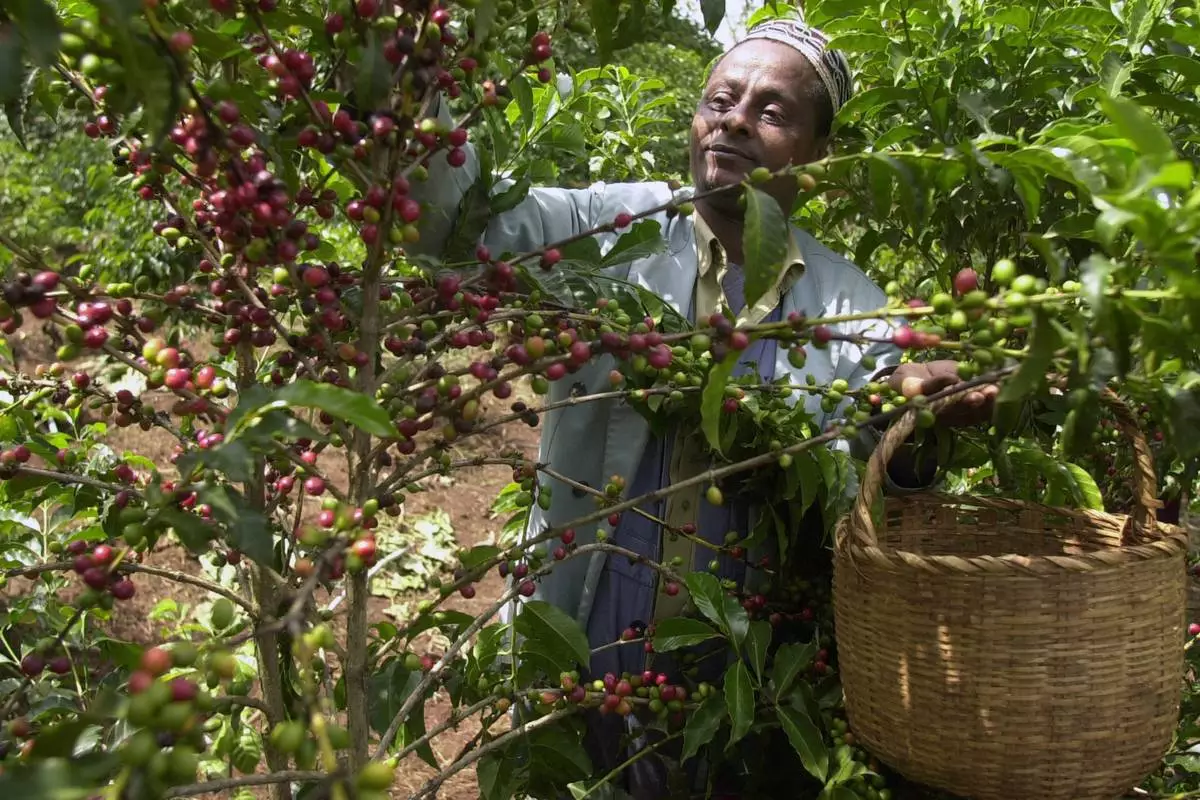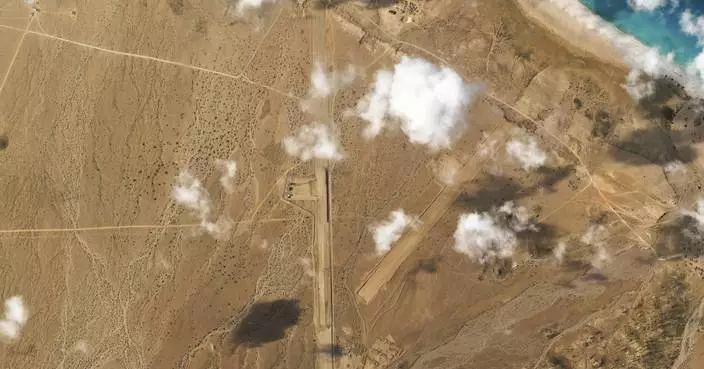The U.N. envoy for Yemen expressed concerns on Wednesday about violations of a cease-fire in the war-wrecked country, urging the warring sides to uphold the first nationwide truce in six years.
Hans Grundberg said that while the truce has led to “significant reduction of violence” in Yemen, there were reports of “some hostile military activities,” particularly around the central city of Marib.
He did not say which side was to blame for the violations but Yemen’s internationally recognized government has accused the Iran-backed rebel Houthis of attacking their positions in southern and western Marib. A Houthi spokesman was not immediately available for comment.
“This truce is a step, an important one, but a fragile step, nonetheless," he said. “We need to make the best possible use of the window this truce gives us to work towards ending the conflict.”
The Houthi rebels have been trying for over a year to capture energy-rich Marib from government forces. But their efforts were dashed in recent months amid increasing support to the pro-government side from the Saudi-led coalition.
Grundberg told a virtual news conference that the United Nations was working on a coordination mechanism with the warring sides to maintain the truce, which was announced earlier this month. It is supposed to last for two months.
Grundberg cautioned that the cease-fire is not being monitored by the U.N. and that the “responsibility to uphold the truce is squarely with the parties themselves.”
Yemen’s brutal civil war erupted in 2014, when the Iranian-backed Houthis seized the capital of Sanaa and forced the government into exile. The Saudi-led coalition entered the war in early 2015 to try restore the government to power.
The conflict has in recent years become a regional proxy war that has killed more than 150,000 people, including over 14.500 civilians. It has also created one of the worst humanitarian crises in the world.
The U.N.-announced truce also includes allowing shipments of fuel to arrive in Yemen’s key port city of Hodeida and for passenger flights to resume from the airport in Sanaa. Both Hodeida and Sanaa are held by the Houthis.
The U.N. envoy said he has invited with both sides to convene a meeting to agree on a reopening of roads around Taiz and other provinces as part of the truce.
“We look forward to their responses,” he said.
Taiz, which remains partially held by the forces fighting on behalf of the government, has been blockaded by the Houthis for years.
That coffee you slurped this morning? It’s 600,000 years old.
Using genes from coffee plants around the world, researchers built a family tree for the world's most popular type of coffee, known to scientists as Coffea arabica and to coffee lovers simply as “arabica.”
The researchers, hoping to learn more about the plants to better protect them from pests and climate change, found that the species emerged around 600,000 years ago through natural crossbreeding of two other coffee species.
“In other words, prior to any intervention from man,” said Victor Albert, a biologist at the University at Buffalo who co-led the study.
These wild coffee plants originated in Ethiopia but are thought to have been first roasted and brewed primarily in Yemen starting in the 1400s. In the 1600s, Indian monk Baba Budan is fabled to have smuggled seven raw coffee beans back to his homeland from Yemen, laying the foundation for coffee’s global takeover.
Arabica coffee, prized for its smooth and relatively sweet flavor, now makes up 60% - 70% of the global coffee market and is brewed by brands such as Starbucks, Tim Horton's and Dunkin'. The rest is robusta, a stronger and more bitter coffee made from one of arabica's parents, Coffea canephora.
To piece together arabica coffee’s past, researchers studied genomes of C. canephora, another parent called Coffea eugenioides, and more than 30 different arabica plants, including a sample from the 1700s — courtesy of the Natural History Museum in London — that Swedish naturalist Carl Linnaeus used to name the plant.
The study was published Monday in the journal Nature Genetics. Researchers from Nestlé, which owns several coffee brands, contributed to the study.
The arabica plant’s population fluctuated over thousands of years before humans began cultivating it, flourishing during warm, wet periods and suffering through dry ones. These lean times created so-called population bottlenecks, when only a small number of genetically similar plants survived.
Today, that renders arabica coffee plants more vulnerable to diseases like coffee leaf rust, which cause billions of dollars in losses every year. The researchers explored the makeup of one arabica variety that is resistant to coffee leaf rust, highlighting sections of its genetic code that could help protect the plant.
The study clarifies how arabica came to be and spotlights clues that could help safeguard the crop, said Fabian Echeverria, an adviser for the Center for Coffee Research and Education at Texas A&M University who was not involved with the research.
Exploring arabica’s past and present could yield insight into keeping coffee plants healthy – and coffee cups full – for future early mornings.
The Associated Press Health and Science Department receives support from the Howard Hughes Medical Institute’s Science and Educational Media Group. The AP is solely responsible for all content.

FILE - Mohammed Fita picks coffee beans on his farm Choche, near Jimma, 375 kilometers (234 miles) southwest of Addis Ababa, Ethiopia, on Saturday, Sept. 21 2002. Wild coffee plants originated in Ethiopia but are thought to have been primarily roasted and brewed in Yemen starting in the 1400s. (AP Photo/Sayyid Azim, File)

FILE - Arabica coffee beans harvested the previous year are stored at a coffee plantation in Ciudad Vieja, Guatemala, on May 22, 2014. In a study published in the journal Nature Genetics on Monday, April 15, 2024, researchers estimate that Coffea arabica came to be from natural crossbreeding of two other coffee species over 600,000 years ago. (AP Photo/Moises Castillo, File)





